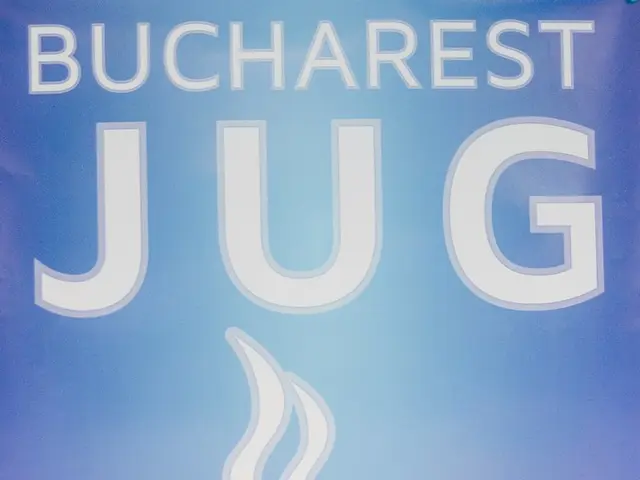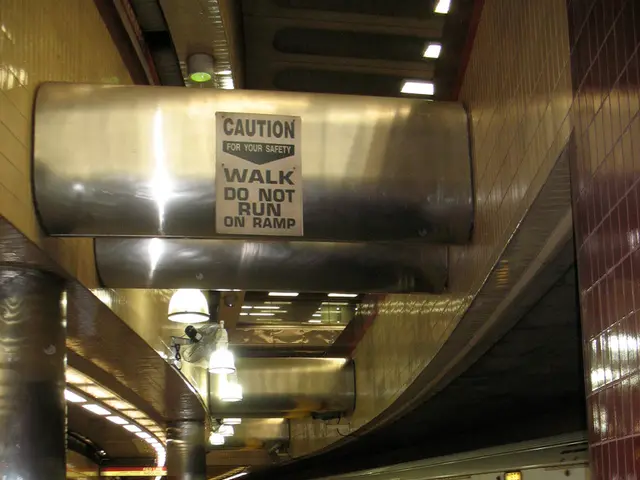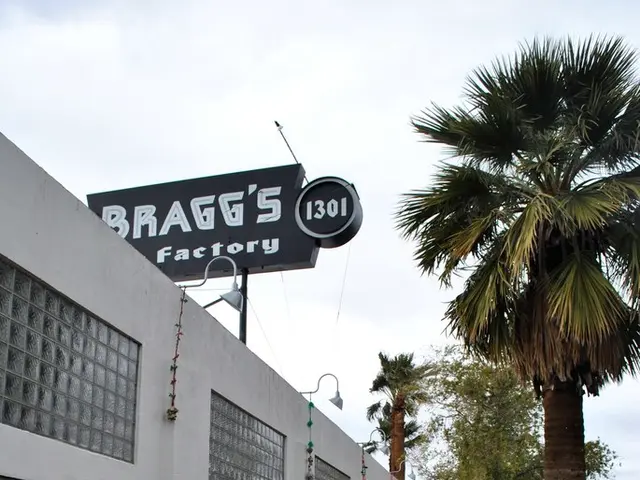Refinancing applications for mortgages surge by 23%, accompanied by an increase in riskier loan options
The mortgage market is experiencing a shift, with refinancing demand and interest in adjustable-rate mortgages (ARMs) on the rise in 2025. This trend is primarily driven by rebounding refinance activity due to stable or slightly decreasing mortgage rates, and market conditions favouring affordability.
The rebound in refinance activity has been significant, with rate-and-term refinances increasing by 44% year-over-year in Q1 2025. This increase has contributed to a 5.1% increase in overall mortgage originations. The relatively stable mortgage rates have enabled cost savings or better loan terms through refinancing, making it an attractive option for homeowners.
While mortgage rates have hovered around 6.7%-6.9% for 30-year fixed loans in 2025, some experts predict rates may decline by 1 to 2 percentage points soon. This optimistic outlook is contributing to the increased demand for refinancing. Meanwhile, the market has seen some short-term variability, but rates remain lower than the long-term average of about 7.2%.
The housing market conditions also play a crucial role in this trend. Home price growth has slowed to a more moderate pace, with increased supply and cooling demand, which improves affordability. This environment encourages both refinancing and ARMs as buyers and homeowners reassess their financing options amid a slow market.
ARMs, which offer initially lower rates compared to fixed-rate mortgages, have seen increased demand. ARM applications increased by 25% and account for almost 10% of all applications. This option aligns with borrower expectations of potential rate decreases or short-term residence plans.
The surge in refinancing has helped boost total mortgage originations, partially offsetting slower home purchase activity caused by elevated borrowing costs and moderated home price growth. Increased loan originations through refinancing and potential ARM upticks promote liquidity and activity in the mortgage sector, stabilizing the market while buyers and homeowners navigate affordability challenges.
The combination of stable or slightly easing rates, slower house price growth, and more negotiating power for buyers signals a transition toward a more balanced housing market after years of rapid price inflation and rising rates. This trend, despite ongoing uncertainties about the long-term direction of mortgage rates, has supported higher refinance volumes and a more active, balanced mortgage market.
It's worth noting that the average contract interest rate for 5/1 ARMs is lower than the rate for 30-year fixed-rate mortgages, making them an attractive option for some borrowers. However, it's important to consider the potential risks associated with ARMs, such as the adjustment to market rates after the initial fixed term.
In other news, a data center developer has withdrawn plans for Dale Earnhardt's widow's property, a fact not related to the mortgage market.
[1] Freddie Mac Primary Mortgage Market Survey, Q1 2025 [2] Bankrate.com, Weekly Mortgage Rate Trends, 2025 [3] National Association of Realtors, Existing Home Sales Report, Q1 2025 [4] Mortgage Bankers Association, Mortgage Applications Increase in Latest MBA Weekly Survey, 2025 [5] CoreLogic Home Price Index, Q1 2025 Report
Read also:
- Unchecked Management of HP Dams Leads to Environmental Disaster: RTI Reveals
- Impact of Trump's Enforced Russia Sanctions Could Compel Putin's Decision-Making
- Nordstrom taps prominent New York residents for their second advertising campaign in the city.
- Harnessing Magnetism's Potential: Revolutionizing Energy Production for a World Transformed








